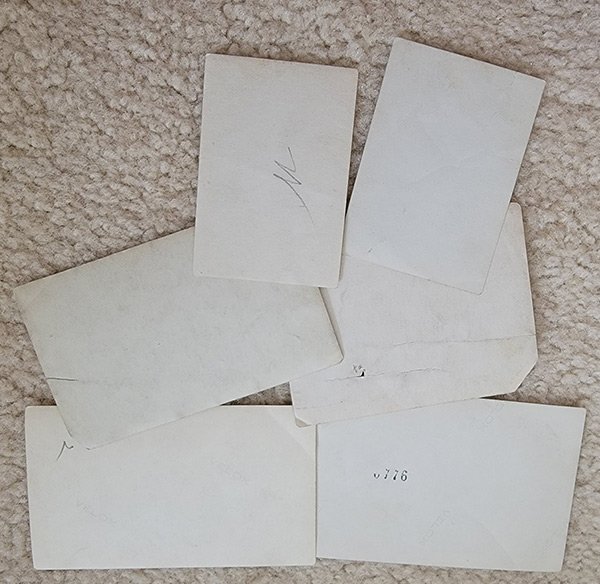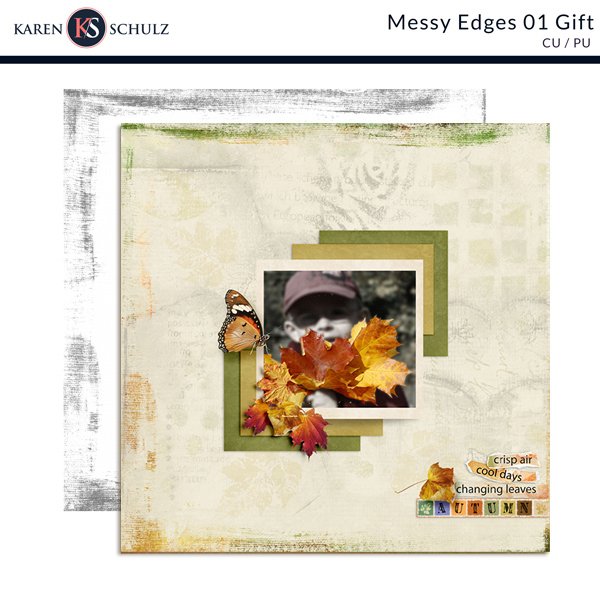Who, What, Where, When, Why

A photograph captures a moment in time. If we took the photo, just looking at it later can transport us back in time to that moment – to the smells, the sounds, the feelings we had that caused us to press the shutter on our camera.
Recording names, dates, places, and other important information on the back of a photo can help those who weren’t present when the photo was captured, understand its significance. Who were the people in the photo? Where were they? What year was it? These facts aren’t only interesting but also can be very important for those tracing family history.
As a student, in my English class, the Kipling Method was drilled into my head: “Who, What, When, Where, and Why.” Including this information, when writing a story, makes it unique. Including this information on a scrapbook page makes it personal. Including this information on the back of a photo is vital.
This week I attended the Life Celebration Memorial service for my husband’s uncle. His wife passed away a few years ago, they had no children, and he was the last surviving uncle. All of his photographs had been packed up, and we were fortunate enough to receive 5 boxes crammed full of photographs. I was so excited to sort through them. What a treasure trove of history! Or so we thought… or hoped.

Although we occasionally recognized one or two people in a photograph, for the most part, we found no clues as to the who, what, when, or where, much less the why of a photo. 99% of the photo backs were blank. And now there is no one left to ask about them. These precious family photos, although still important, are mostly relegated to just being interesting. They are not a clear bridge over which we can walk to discover bits and pieces of our family history.

It takes time to document information on the back of photos, but even just writing names and dates can be helpful to those who might come after us and are interested in our lives. Even something that simple can provide an important piece of a puzzle.
A #2 pencil or a photographic pen (easily found online or at a camera store) can be used to quickly document information on the back of a photo, without fear of damaging the photo itself. I’ve renewed my vow to make sure I convey important information about a photo to those who follow me. How about you?
Comments (4)
You must be logged in to post a comment.





Or just first names! Put the last name too. You never know over the generations of you are going to have 5 Caitlyns or 20 Marks!
Yes, very true! Excellent point.
Thank you!!!
This is the third thing to happen within a few days to impress on me that scanning and identifying photos has to be my top priority right now!
Last night there was a fire less than a mile from our home – quickly found, and put out (3 fire departments!); but that experience built on something I had come across earlier this week; and now this post – I need to get serious about this!!
My father passed in March – the last person from that generation on either side of my family; what I do know MUST be recorded!
Thank you for being the third ‘push’ to help me do what I know I need to do!
I’m sorry for the loss of your father, Anita. Yes, it’s so easy to forget things as time goes by. I’m glad you’re going to get those stories recorded!